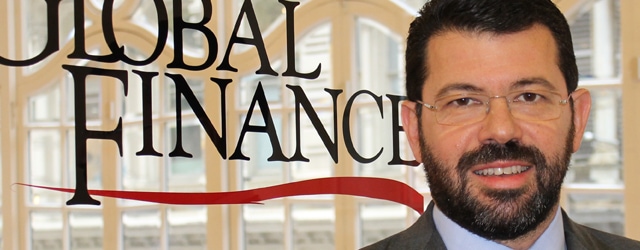Making financial planning like a video game can make robo-advisory more appealing—even fun—for customers, says IBM thought leader Paolo Sironi.

You might not expect to log on to your bank’s website to play video games, but Paolo Sironi, a global thought leader for IBM, suggests that such a business model might be the future of wealth management.
“You need to create an engagement mechanism, a level of stickiness to cause the client to want to engage with you,” says Sironi, author of FinTech Innovation: From Robo-Advisors to Goal-Based Investing and Gamification.“Gamification would be a mechanism to convince individuals to come back to you, to create engagement.”The experience, however, is likely to be less Mario Kart and more Sim City.
“Think about an airplane flight simulator,” Sironi explains, “If you lose, you want to play again.” Investment can similarly be turned into a simulated “game,” with algorithms that let users anticipate different futures. “Imagine your portfolio,” Sironi continues, “You start playing with it. You stress-test yourself.”Incorporating aspects of gaming serves to strengthening the customer’s relationship with the advisor, even though it is not human. “This is more art than science at this point,” Sironi acknowledges.
Still, he argues the new generation of technology could improve the ability of investors to reach their financial goals. Historically, wealth management has been a highly personal one-to-one engagement between investor and a personal banker, usually available only to high net worth clients. Sales were driven by products, fees and commissions, and projected returns. New technology, however, is now introducing advisory to a wider swath of customers, he says, making advice widely available to the mass affluent—and potentially going even deeper into the retail banking market. “If you change the business model, everything changes,” he observes.
Serving the masses through algorithms necessarily means more generic and passive strategies, but Sironi argues the benefits of the approach. “Most individuals are not good investors,” Sironi notes. “They typically underperform market benchmarks—investing at market tops, selling at troughs and not aligning their investment strategies with their long-term goals, such as retirement planning or college for the kids.” Digital tools can help investors keep goals in mind while also monitoring market trends and tax consequences.
Ultimately, financial gamification could benefit investors in the same way that pilots can learn to remain cool-headed when they face emergencies in the air, according to Sironi. “All these elements need to be related in a holistic approach,” he says. “You need something that maps the way individuals think, to help individuals make decisions more intuitively, but with analytics behind them.”
This piece is excerpted from the discussion during our November Global Salon. Additional remarks will appear in the December issue of Global Finance.



